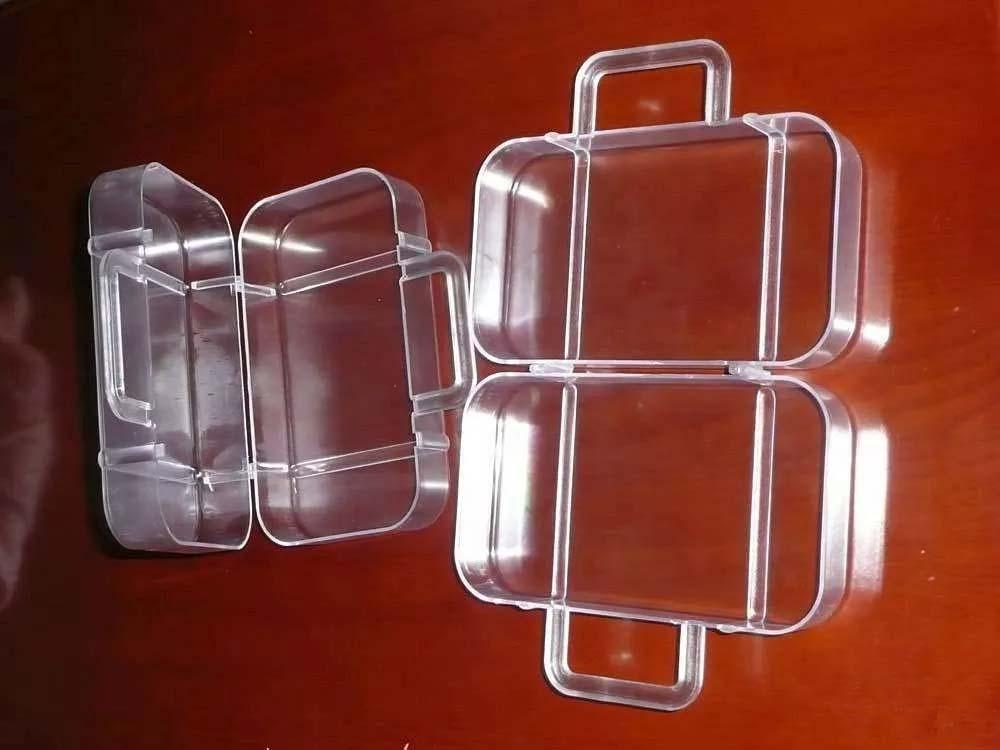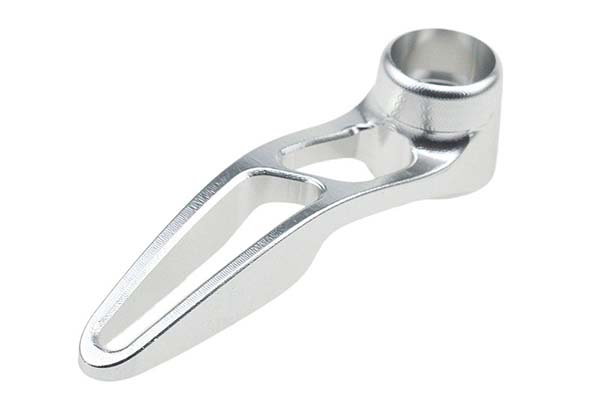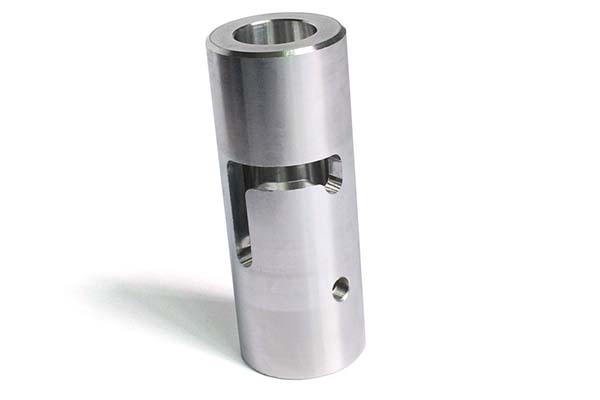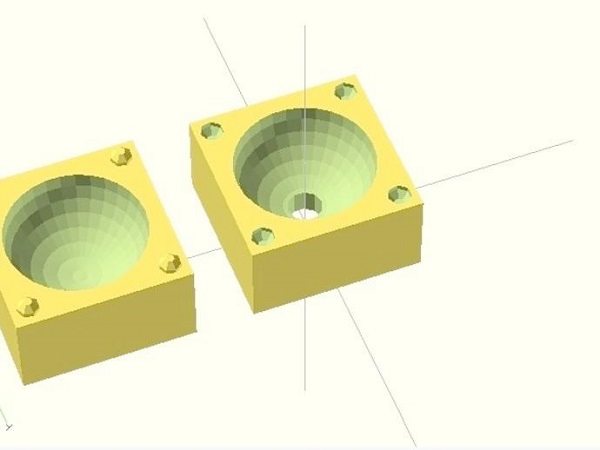What is 3D Printing Medical Technology?
3D printing medical technology, also known as additive manufacturing in the medical field, is a revolutionary approach that creates physical objects from digital models. This technology has transformed the medical industry by enabling the production of customized medical devices, prosthetics, and even tissue engineering constructs.
The process begins with a 3D model, which can be created using computer - aided design (CAD) software or obtained from medical imaging techniques such as CT scans and MRIs. For example, when creating a custom - fit prosthetic limb, a patient's residual limb is scanned, and the resulting data is used to generate a precise 3D model.
Once the 3D model is ready, it is sliced into thin cross - sectional layers by specialized software. These slices are like the individual pages of a book, with each page representing a thin layer of the final object. The 3D printer then reads the sliced data and starts building the object layer by layer. Different 3D printing technologies are used in the medical field, such as fused deposition modeling (FDM), stereolithography (SLA), and selective laser sintering (SLS).
In FDM, a thermoplastic filament is melted and extruded through a nozzle to create each layer. SLA uses ultraviolet light to cure a liquid resin, layer by layer, to form the object. SLS, on the other hand, uses a laser to sinter powdered materials, such as plastics or metals, into a solid structure. After the printing process is complete, the object may require post - processing steps, such as removing support structures, polishing, or sterilization, to make it suitable for medical use.
Applications in Medicine
Prosthetics and Implants
One of the most significant applications of 3D printing medical technology is in the production of prosthetics and implants. For prosthetics, 3D printing allows for the creation of highly customized devices. For example, a child with an amputation can receive a 3D - printed prosthetic limb that is not only tailored to the exact shape of their residual limb but can also be designed with colorful and appealing patterns, making it more acceptable and comfortable for them to wear.
In the case of implants, 3D printing can use a patient's own tissue data. A study by the University of Michigan found that 3D - printed titanium spinal implants, designed based on a patient's unique spinal structure, showed better integration with the surrounding bone tissue compared to traditional implants. These implants have porous structures that mimic the natural bone's microstructure, promoting bone ingrowth and reducing the risk of implant loosening. According to the research, the success rate of surgeries using these customized 3D - printed implants was 20% higher than surgeries with standard implants.
Surgical Models
3D printing has revolutionized surgical planning by enabling the creation of accurate surgical models. Surgeons can now have a physical model of a patient's anatomy, which helps them better understand the complexity of the operation. For instance, in complex heart surgeries, a 3D - printed model of the patient's heart can show the exact location and size of a defect, such as a hole in the septum.
A report from Johns Hopkins Hospital stated that after using 3D - printed surgical models for neurosurgery planning, the average operation time was reduced by 15 - 20%. The models allowed surgeons to pre - visualize the surgical steps, identify potential obstacles, and plan the best approach. This not only saves time during the actual surgery but also increases the chances of a successful outcome.
Organ Printing
Organ printing is an area of intense research in 3D printing medical technology. The goal is to create functional organs for transplantation, addressing the global shortage of donor organs. Some promising progress has been made. A study published in the journal "Nature Biotechnology" reported that researchers were able to 3D - print a simple vascularized tissue. They used a combination of living cells and a biodegradable scaffold to create a structure that could potentially develop into a functional blood vessel.
However, there are still significant challenges. One major hurdle is the complexity of creating a full - scale, fully functional organ. Organs like the liver and kidneys have intricate internal structures and cell - cell interactions that are difficult to replicate. Currently, the largest 3D - printed organ - like structure that has shown some functionality in animal models is a small - scale kidney - like tissue, but it is far from being a transplant - ready organ. Additionally, ensuring the long - term survival and integration of the printed organs into the recipient's body remains a significant challenge.
Yigu Technology's Perspective
As a non - standard plastic metal products custom Supplier, Yigu Technology sees great opportunities in 3D printing medical technology. The customization capabilities of 3D printing align perfectly with our expertise in producing non - standard products. We are constantly exploring ways to integrate 3D printing into our manufacturing processes to offer more precise and patient - centered medical solutions.
We believe that by collaborating with medical institutions and research teams, we can contribute to the development of innovative medical devices. For example, we are interested in using our material knowledge and manufacturing experience to create high - quality 3D - printed implants. Our understanding of different plastic and metal materials allows us to select the most suitable ones for medical applications, ensuring biocompatibility and durability. In the future, we plan to invest in advanced 3D printing equipment and train our staff to better serve the medical market, aiming to be a reliable partner in the 3D printing medical technology supply chain.
FAQs
What types of medical products can be 3D printed?
Common 3D - printed medical products include prosthetics like artificial limbs and hands, which can be customized to fit a patient's body perfectly. Implants such as dental implants, cranial implants, and orthopedic implants like hip and knee replacements can also be 3D printed. Surgical models for complex surgeries, like those in neurosurgery or cardiothoracic surgery, are frequently 3D printed to assist surgeons in planning. Additionally, some tissue - engineered constructs and even simple organs in the research stage, such as small - scale blood vessels and kidney - like tissues, are being created using 3D printing technology.
Is 3D printed medical equipment safe?
3D printed medical equipment is generally considered safe when produced under strict regulations and quality control. Regulatory bodies like the US Food and Drug Administration (FDA) have established guidelines for the approval of 3D - printed medical devices. These guidelines cover aspects such as material biocompatibility, device performance, and sterilization. Manufacturers must ensure that the materials used in 3D printing are non - toxic and do not cause adverse reactions in the body. Rigorous testing, including mechanical testing for implants to ensure they can withstand the forces exerted on them in the body, is also carried out. Post - processing steps like sterilization are standardized to prevent infections. As long as these safety measures and regulations are adhered to, 3D - printed medical equipment can be a reliable option.
How much does it cost to 3D print a medical implant?
The cost of 3D printing a medical implant can vary widely. Simple 3D - printed dental implants may cost around \(1,000 - \)3,000, including the cost of materials, design, and post - processing. More complex orthopedic implants, such as a 3D - printed custom hip implant, can range from \(5,000 - \)15,000. The cost is influenced by factors like the complexity of the design, the type of material used (e.g., titanium is more expensive than some plastics), and the amount of post - processing required. Custom - designed implants, which are tailored to an individual patient's anatomy, are often more costly due to the additional time and expertise needed for the design process. Research - based implants in the development stage may also have higher costs as they involve experimental techniques and materials.








